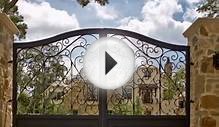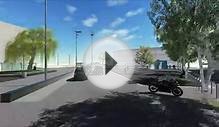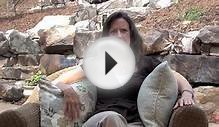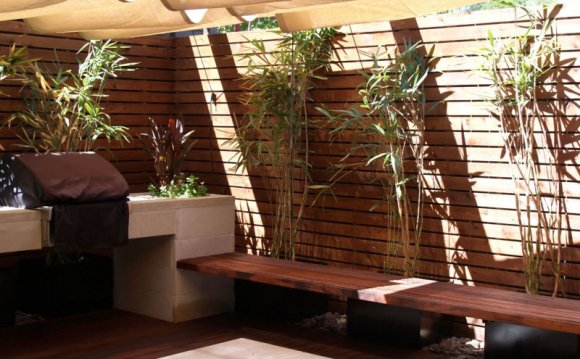
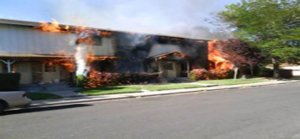 Fire safety must be a major factor in landscape design when homes are built in wildfire-prone areas. Appropriate landscapes can make a significant contribution toward wildfire survival.
Fire safety must be a major factor in landscape design when homes are built in wildfire-prone areas. Appropriate landscapes can make a significant contribution toward wildfire survival.
What Is Firescaping?
Firescaping is landscape design that reduces the vulnerability of your house and property to wildfire. The goal is to develop a landscape with a design and choice of plants that offer the best defensible, survivable space and enhance the property. The ideal is to surround the house with things that are less likely to burn. Firescape integrates traditional landscape functions with a design that reduces the threat from wildfire. It includes planting for fire safety, vegetation modification techniques, use of fire safety zones, and defensible space principles.
Planting for Fire Safety
Through proper plant selection, placement, and maintenance, we can diminish the possibility of ignition, lower fire intensity, and reduce how quickly a fire spreads, all of which increase a home’s survivability. In firescaping, plant selection is primarily determined by a plant’s ability to reduce the wildfire threat.
Avoid Evergreens near the House
Photo courtesy of Carson City, Nevada Fire Department
Minimize use of evergreen shrubs and trees within 30 feet of a structure because junipers, other conifers, and broadleaf evergreens contain oils, resins, and waxes that make these plants burn with great intensity. Use ornamental grasses and berries sparingly here because they also can be highly flammable. Choose “fire smart” plants. These are low-growing plants with high moisture content. Their stems and leaves are not resinous, oily, or waxy.
Deciduous trees are generally more fire resistant than evergreens because they have a higher moisture content when in leaf and a lower fuel volume when dormant, and they typically do not contain flammable oils.
Choose “Fire Smart” Plants
Placement and maintenance of trees and shrubs are as important as actual plant selection. When placing trees in a landscape, remember the tree’s size at maturity. Keep tree limbs at least 15 feet from chimneys, power lines, and structures. Specimen trees can be used near a structure if pruned properly and well irrigated.
Fire Safety Zones
Firescape design for defensible space uses driveways, lawns, walkways, patios, parking areas, areas with inorganic mulches, and fences constructed of nonflammable materials such as rock, brick, or cement to reduce fuel loads and create fuel breaks. Fuel breaks are a vital component in every firescape design. Water features, pools, ponds, or streams can be fuel breaks. Areas where wildland vegetation has been thinned or replaced with less flammable plants are the traditional fuel break. Boulders and rocks can be fuel breaks. Remember, while bare ground is an effective fuel break, it is not recommended as a firescape element due to aesthetic, soil erosion, and other concerns.
Ponds Can Be Fuel Breaks
Photo courtesy of L. Johnstone, University of Nevada Cooperative Extension
Firescape Considerations
A home located on a brushy site above a south- or west-facing slope will require more extensive landscape planning for defensible space than a house situated on a flat lot with little vegetation around it.
Whether a site can be irrigated will greatly influence location of hardscape (concrete, asphalt, wood decks, etc.), plant selection, and placement. Prevailing winds, seasonal weather, local fire history, and characteristics of native vegetation surrounding the site are additional important considerations.
The 30 feet closest to a structure is the most critical defensible space area. This is an area where highly flammable fuels are kept to a minimum and plants are kept green throughout the fire season. Use well-irrigated perennials here. Another choice is low-growing or non-woody deciduous plants. A lawn is soothing visually and is practical as a wildfire safety feature. However, extensive areas of turf grass may not be right for everyone. Some good alternatives include clover, ground covers, and conservation grasses that are kept green during the fire season through irrigation. Rock mulches are good choices. Patios, masonry, or rock planters are excellent fuel breaks and increase wildfire safety. Be creative with boulders, riprap, and dry streambeds.
YOU MIGHT ALSO LIKE
